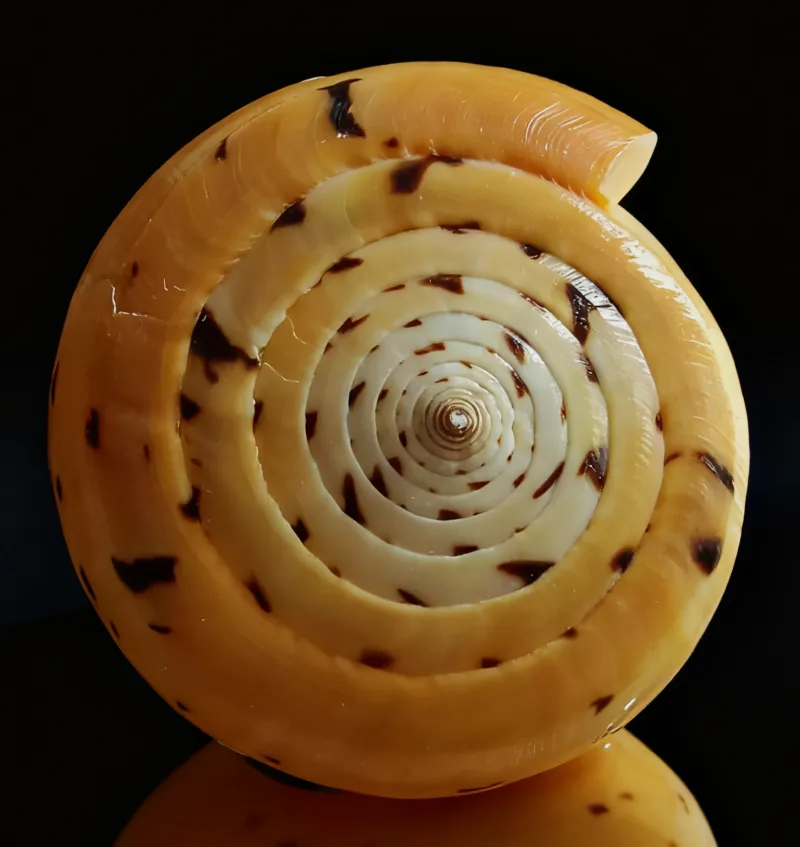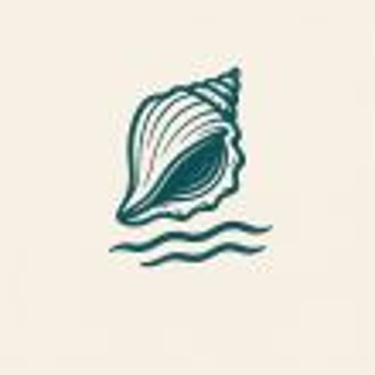
Yellow Corn Conch Shells (Melongena corona)
Corn Conch The Harvest Crown
$6.00
This is not a shell from the pristine, sun-drenched reef; this is a sovereign from the muddy shallows and mangrove kingdoms. The Corn Conch is a fortress of a shell, built for survival. Its most striking feature is the prominent “crown” of spikes and nodules that encircles its shoulder, giving it a powerful, imposing silhouette. Its surface is a tapestry of earthy tones—rich browns, deep blacks, and creamy beiges—often mottled and spotted like a field of fertile soil. It is a shell of raw, earthy majesty, a symbol of resilience and strength that carries the wild spirit of the estuary.
From the Shore
Discovering a Corn Conch feels like unearthing a relic from an ancient time. It has a solid, weighty feel in your hand, and its surface is a fascinating landscape of texture. You can’t help but run your fingers over the rugged crown, feeling each spike and nodule that protected the creature within. Its colors are deep and complex, reminiscent of weathered wood and rich, dark earth. Selecting them is about finding character—the most prominent crowns, the richest coloration, and the ones that look like they have a thousand stories to tell.
Creative Ideas
The robust shape and rustic texture of the Corn Conch make it perfect for projects that require a strong, natural focal point.
Rustic & Nautical Decor: It’s a perfect standalone piece for a mantelpiece, bookshelf, or a large coffee table bowl. Its rugged beauty pairs wonderfully with driftwood, thick rope, and other natural elements.
Unique Planters: Its wide aperture and sturdy form make it an excellent natural pot for small succulents or air plants, bringing a touch of coastal, organic life to your decor.
Themed Crafts & Displays: Its imposing, almost “pirate-like” appearance makes it a fantastic addition to themed projects, beachcomber displays, or as a heavy, interesting paperweight.
Each of these shells is a piece of the ocean’s art gallery, sustainably and ethically collected. They are crafted from natural Spotted Marbled Cone snails (Conus ebraeus), celebrated for their unique, dappled patterns and elegant conical form. Please remember that as a natural product, every shell will have its own unique variations in shape, size, and the beautiful patterns on its surface. These are the marks of a treasure, individually painted by the sea.
Every seashell is a gift from the ocean, and I pack each one with the care it deserves, ensuring its safe journey to you.
Preparation Time: I will carefully wrap your seashells in recycled paper and twine within 1-3 business days, making it feel like a personal gift from the sea.
Shipping Method: I use reliable standard shipping and will provide you with a tracking number, so you can follow your shell’s journey.
International Orders: For shells traveling across oceans, please allow a little extra time. Sometimes customs checks can extend their journey.
The ocean never creates two identical shells, making the one you receive truly one-of-a-kind.
Damaged in Transit: If your shell is damaged during its journey, please contact me within 24 hours of receipt with a photo. I will immediately send a replacement or issue a full refund.
Not as Described: I do my best to represent each shell accurately through photos and descriptions. If you feel your shell is significantly different from what was described, please contact me within 7 days, and we will find a thoughtful solution.
A Note on “Change of Mind”: As each shell is a natural, unique item, I cannot accept returns or exchanges due to a “change of mind.” Please review the photos and dimensions carefully to ensure it’s the perfect “ocean companion” for you.
The scientific name corona is Latin for “crown,” a direct and fitting reference to the prominent ring of spikes around the shell’s shoulder, which is its most defining characteristic.
Unlike the cone snails we’ve looked at, the Corn Conch is a “true conch” from the family Melongenidae. It is a slow-moving predator and scavenger, often found in mangrove swamps and mudflats, where it hunts other mollusks.
The Corn Conch is known to be quite aggressive for a snail. It uses its strong, claw-like operculum (the “trap door” it can close to hide inside) not just for defense, but also to wedge itself open and to right itself if turned over.
